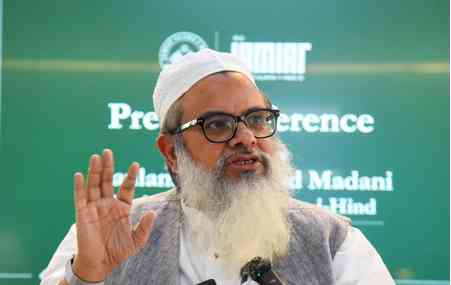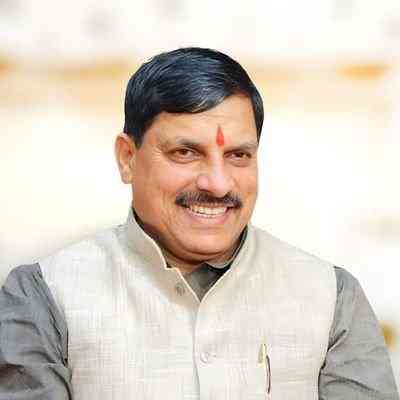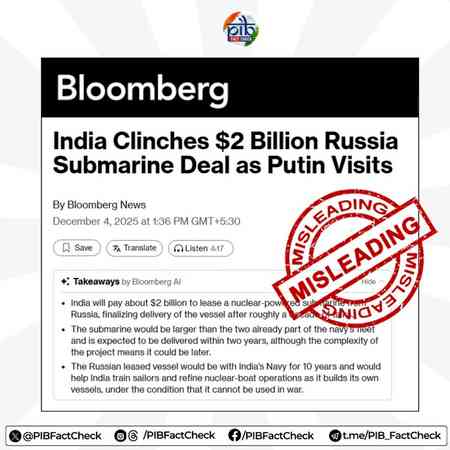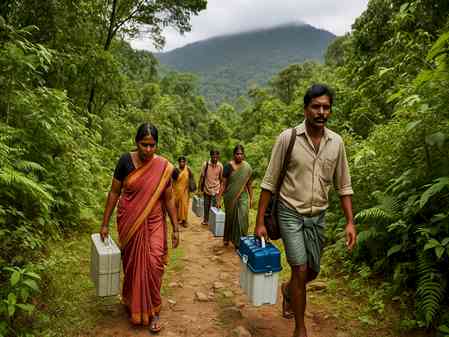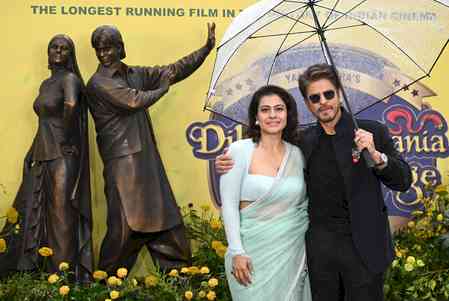11 Years of Pradhan Mantri Jan Dhan Yojana: World's largest Financial Inclusion Scheme
The true purpose of financial inclusion lies in its ability to empower individuals and businesses, foster economic growth, reduce poverty and promote social equality. Financial Inclusion is one of the key enablers for at-least 7 of the 17 Sustainable Development Goals (SDGs) for 2030.
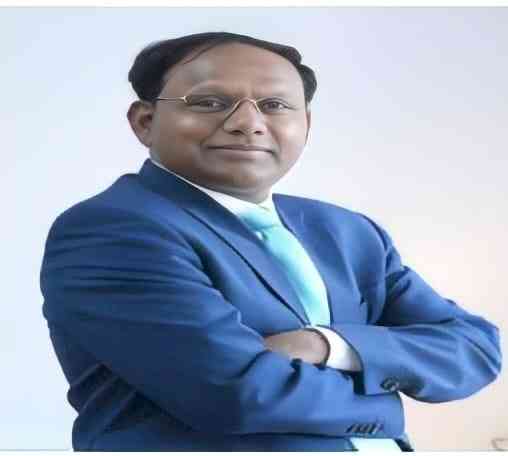
By *M. Nagaraju
The true purpose of financial inclusion lies in its ability to empower individuals and businesses, foster economic growth, reduce poverty and promote social equality. Financial Inclusion is one of the key enablers for at-least 7 of the 17 Sustainable Development Goals (SDGs) for 2030.
The Government backed financial Inclusion drive is very important for a developing country like India due to its extreme diversity, geography and population. It is because of this very reason, one of the very first schemes announced by Hon'ble Prime Minister, Sh. Narendra Modi Ji was the Pradhan Mantri Jan Dhan Yojana (PMJDY) which was launched on August 28, 2014. The scheme aimed to provide universal access to banking services, ensuring that every household, particularly the marginalized and economically disadvantaged, could participate in the formal financial system.
Over the past 11 years, PMJDY has grown into the world's largest financial inclusion program, transforming lives by bridging the gap between the unbanked and access to banking services. The value of FI-Index of RBI has increased from 43.4 for Mar'17 to 67.0 for Mar 25. The rise in the index indicates strengthening of financial inclusion and financial literacy initiatives.
Before PMJDY, only 59% of country's households and 35% of adults had bank accounts, whereas after 11 years of the scheme almost 100% of households and over 90% of adults own a bank account. The informal credit systems which used to trap the poor and marginalized into debt cycles have become a relic of the past.
PMJDY's impact has been monumental. Over 56.2 crore accounts have been opened, nearly 4-fold increase from March 2015. This includes 37.5 crore accounts in rural/semi-urban areas and 18.7 crore in urban areas. Women hold 56% of these accounts (approximately 31.3 crore), showcasing a strong focus on gender inclusion, leading to women empowerment.
The total balance in PMJDY accounts stands at ₹2.68 lakh crore, a 17-fold increase since 2015, reflecting growing trust in the banking system. It earned a Guinness World Record for opening 18,096,130 accounts in a single week (August 23-29, 2014), with 15 million accounts opened on the inauguration day alone.
Over 16.2 lakh Bank Mitras (Business Correspondents) deliver banking services in remote areas, making financial services accessible to rural India. PMJDY accounts have streamlined DBT, ensuring subsidies and relief payments reach beneficiaries without intermediaries. During demonetization and the COVID-19 crisis, PMJDY accounts facilitated rapid financial support, proving their utility in times of economic disruption and pandemic.
At the time of launch of PMJDY in 2014, approximately 7.5 crore households were not having Bank accounts. In 2018, we achieved household level saturation and shifted our focus on covering all adults with bank accounts. As per world Bank findex report, account ownership in India in 2024 has increased to 89% from 53% in 2014 in respect of individuals aged 15 years and more. The account ownership of India is among the best in Asia and also the male female gap in account ownership has become negligible. The NSS survey 2022-23, states that 94.65 of adults in the country own a bank account.
The scheme has promoted digital transactions through RuPay cards, aligning with country's push towards a digital economy. Over 38.7 crore RuPay cards have been issued, providing accident insurance coverage. The scheme has also facilitated micro-insurance and pension schemes like PMJJBY, PMSBY, and APY, bringing financial security to millions.
PMJDY accounts are being used not only for receiving DBT but also to accumulate savings and to have access to micro-insurance and investment products. Account ownership in India has become gender agnostic which in itself is no mean achievement in view of historical biases in ownership of financial assets and limited participation of women in income generating activities.
Now, 99.9% of all inhabited villages have a Banking outlet (branch, or BC or IPPB) within 5 km distance. This expanded banking network has helped in extending life and accident cover (Jan Suraksha) of Rs. 2 lakh through Pradhan Mantri Jeevan Jyoti Bima Yojana (PMJJBY) and Pradhan Mantri Suraksha Bima Yojana (PMSBY) respectively. More and more persons working in the unorganised segment are able to get the much-needed financial security by enrolling under these Jan Suraksha schemes.
The success of UPI and digital transactions that have grown many folds can also be attributed to the large number of PMJDY accounts opened by the common man. With increase in average balances in Jan-Dhan accounts, there are opportunities for augmenting delivery of Investment products and other innovative products which can be built around PMJDY eco-system. Artificial Intelligence and natural language processing can help in voice based conversational transaction authorizations doing away with the need of smart phones or internet connectivity for transacting. This has facilitated the innovations in e-commerce with fast & reliable delivery systems in tier 4 & tier 5 centers.
As PMJDY enters its 12th year, our focus is on sustaining and expanding its impact. Government has launched Financial Inclusion saturation drive and Banks are organizing camps from 1ª July, 2025 to 30th September, 2025 to update KYC details, open new accounts, and promote micro-insurance and pension schemes. Continued emphasis on educating account holders to maximize the use of banking services and prevent dormancy. Enhancing mobile and digital banking to reach remote areas and align with India's digital economy goals. Banks are also making efforts to reduce inoperative accounts under PMJDY by contacting account holders. Efforts are on to migrate to the next phase of financial inclusion 2.0 by integrating the past learnings. This will focus on affordable lending, pension and insurance coverage for all, enhancing digital usage in rural areas, digital financial literacy and augmentation of banking infrastructure for achieving the goal of Viksit Bharat @2047.
The Pradhan Mantri Jan Dhan Yojana has been a cornerstone of India's financial inclusion journey, bringing millions into the formal banking system and empowering them with tools for economic self-reliance. With over 56 crore accounts, 22.68 lakh crore in deposits, and a robust network of Bank Mitras, PMJDY has redefined access to financial services for the poorest. While challenges like inoperative accounts and re-KYC requirements persist, the scheme's transformative impact-recognized globally by the Guinness World Records, World Bank, IMF ete. cannot be overstated. As India celebrates 11 years of PMJDY in 2025, it stands as a testament to the power of inclusive governance and a model for the world to follow to achieve universal financial inclusion.
(*M. Nagaraju is Secretary, Department of Financial Services, Ministry of Finance, Government of India)


 City Air News
City Air News 
